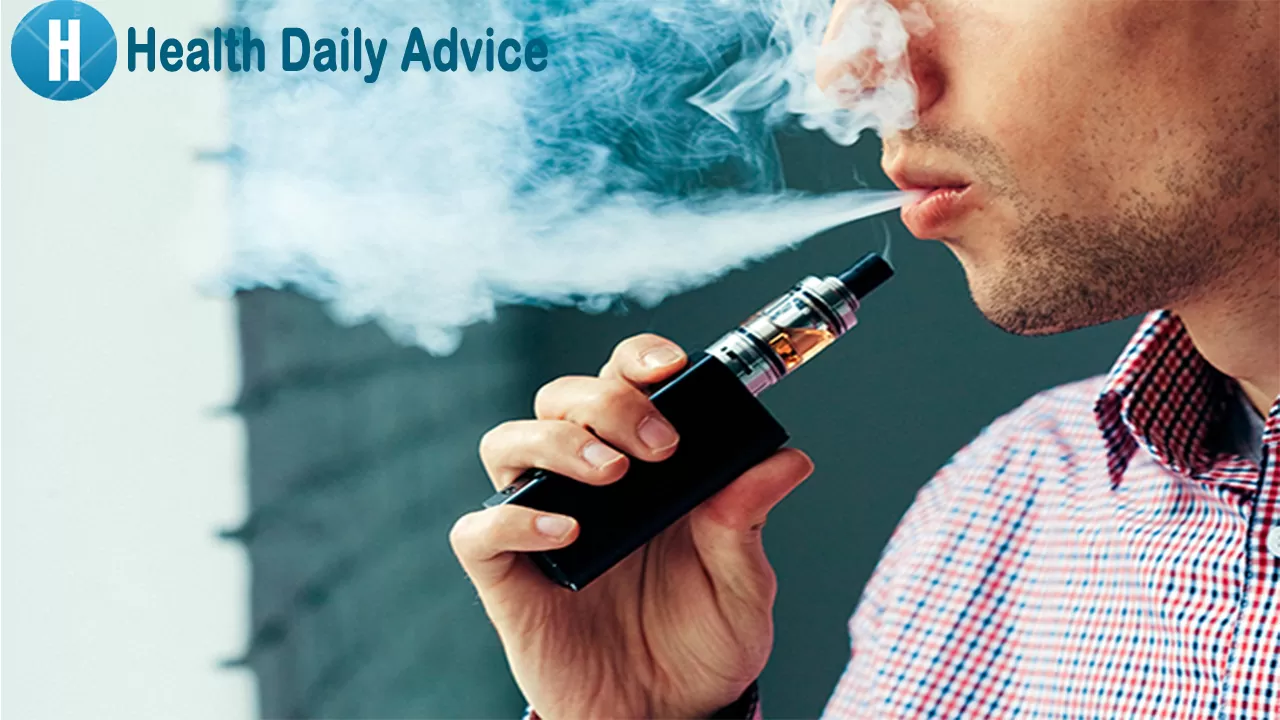Introduction
In recent times, the age-old practices of smoking cigarettes and consuming marijuana have encountered a new contender – vaping. The process of vaporizing substances has gained significant popularity, prompting a crucial question: Is vaping a healthier alternative to smoking? Let’s delve into the scientific aspects of this technology to unravel the truth.
Smoking: Unveiling the Traditional Route
Smoking Cigarettes
When you smoke a traditional cigarette, the heat generated by the fire transforms substances from a solid state to vapor. Nicotine, a stimulant, is released and absorbed into your bloodstream through the lungs, resulting in an array of physiological responses such as increased heart rate, constricted blood vessels, release of dopamine in the brain, and heightened alertness.
However, the downside of nicotine’s stimulating effects is the inevitable crash and subsequent cravings, leading to addiction for many individuals. Moreover, the combustion process in smoking generates smoke that contains partially burned particles, resulting in tar formation within the body. This tar has well-documented cancer-causing effects, blackening of teeth, and the destruction of taste buds.
Smoking Marijuana
In the case of marijuana, the active component THC follows a similar pathway into the body, albeit with different effects. The inhalation of marijuana smoke takes a mere six seconds for the active compounds to reach the nervous system, offering fast effects compared to alternative methods like chewing or consuming edibles. However, the inhalation of marijuana smoke comes with its own set of concerns, including potential carcinogenic effects and damage to respiratory health.
Vaping: A Modern Approach
Understanding Vaping
Vaping emerges as a potential solution to the drawbacks of traditional smoking. By heating active components to become aerosolized without initiating combustion, vaping aims to deliver fast effects without the harmful consequences of smoke inhalation.
Typically, vaping devices utilize a glass or metal chamber with an electrical current passing through it. This controlled heating process minimizes combustion, allowing users to inhale significantly less smoke. For marijuana users, vaporizers offer precise temperature control, extracting only the THC-containing vapor.
E-Liquid Dilemma
In the realm of e-cigarettes, a liquid solution replaces dried tobacco. This e-liquid, consisting of water, nicotine, base, and occasionally flavorings, vaporizes at a lower temperature. However, the composition of e-liquids raises concerns, with some containing additives like propylene glycol, known to irritate the eyes and respiratory infections.
The lack of quality control and varying compositions among manufacturers is a substantial concern. For instance, certain e-liquids may contain diacetyl, a chemical associated with irreversible lung damage, commonly referred to as “popcorn lung.”
Frequently Asked Questions (FAQs)
While vaping may expose users to fewer harmful substances compared to traditional smoking, it is not entirely risk-free. The long-term health effects of vaping are still being studied, and concerns exist about the potential risks associated with certain additives in e-cigarettes.
Some individuals have successfully used vaping as a tool to quit smoking. However, it’s essential to note that the effectiveness of vaping as a smoking cessation aid varies among individuals. Consulting with a healthcare professional is advisable for personalized guidance.
Yes, there are potential health risks associated with e-liquids. Ingredients like propylene glycol and flavorings can cause irritation, and some e-liquids may contain harmful substances. Quality control and choosing reputable products are crucial to minimize these risks.
“Popcorn lung” is a colloquial term for bronchiolitis obliterans, a condition linked to inhaling diacetyl, a chemical found in some e-liquids. Although the risk is not well-established, inhaling diacetyl has been associated with irreversible lung damage. This highlights the importance of choosing e-liquids with caution.
Yes, there are age restrictions for purchasing vaping products. In many regions, including the United States, the legal age for buying vaping products is 21. It’s crucial to adhere to local regulations and promote responsible use.
Conclusion: Balancing Pros and Cons
In conclusion, while vaporizers may offer a less harmful method of nicotine administration compared to traditional smoking, the potential risks associated with e-cigarettes should not be underestimated. Fluctuating compositions of e-liquids and the lack of long-term studies raise valid concerns. As we await comprehensive research on the impacts of vaporizer use, it’s crucial to approach these alternatives with caution.
Don’t hesitate to ask any burning questions and subscribe for more weekly science insights!














